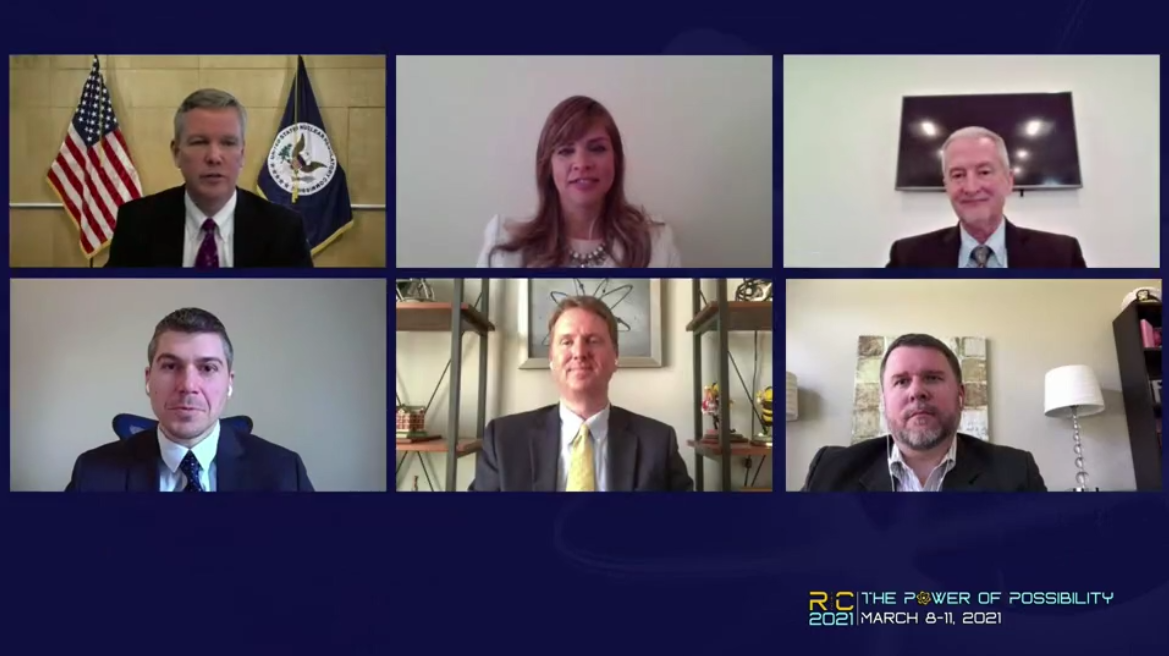NRC's RIC: A clear line of sight for accident tolerant fuel deployment

To nuclear fuel suppliers, today’s operating reactors represent a defined customer base with predictable demands. Utilities must order their next fuel reload far in advance of an outage; enrichers and fabricators work to fill those orders. Adapting such a highly optimized supply chain to accommodate new products—fuels with new materials, claddings, and higher enrichments and burnups—will require alignment between all parties involved to meet the associated research, enrichment, manufacturing, regulatory, transportation, and operating experience needs.
That was the consensus during “Current Accident Tolerant Fuel Environment,” a technical session held on March 9 during the Nuclear Regulatory Commission's four-day Regulatory Information Conference (RIC, March 8-11). The session was chaired by NRC Chairman Christopher Hanson, who was taking part in his first RIC as a member of the commission.

